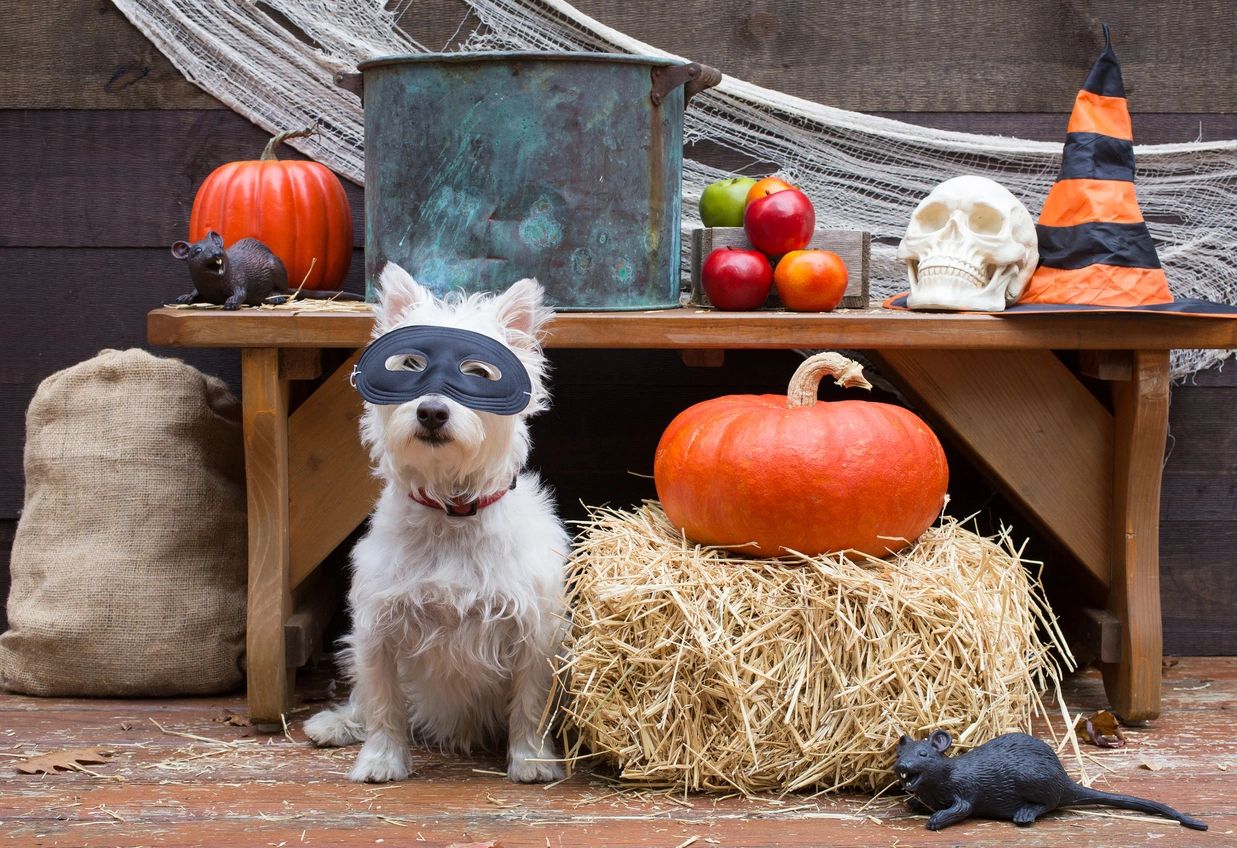Halloween Tips ~Let’s Talk Sensory!
Halloween has long been a favorite holiday for kids. But trick-or-treating can be trickier and less of a treat for children with sensory challenges. Costumes, crowds, loud noises, bright lights and unexpected or scary surprises can overwhelm some children. While COVID-19 issues may limit some Halloween activities this year, here are some suggestions for making the day spook-tacular for your child.
Routines
Routines are important for children, especially those with sensory challenges. By sticking to routines as much as you can around the holiday, you set your child up to feel safe, confident and successful at navigating the festivities. It’s easy for Halloween festivities to throw routines off-track but resist the urge to stay out trick-or-treating past bedtime or to pack too many fun activities into the day.
Costumes
Costumes can be hard to tolerate for children with sensory challenges. Take your child costume shopping and let them feel the different fabrics and textures to see what they are comfortable with or use clothing they already have to make a costume. Let your child wear the costume a few times so they can stand, sit and walk around in it. Buy a comfortable Halloween-themed t-shirt and bring it to activities in case the costume becomes uncomfortable.
Activities
Help your child understand what to expect by reading books about Halloween or looking at pictures or videos. Talk about the different things they may see and how those things might make them feel. Use a social story to explain step by step what may happen. For example, you could say: “When you wake up, we will put on your costume for school instead of regular clothes! Right after lunch, instead of going back to your classroom, there will be a parade and you will walk through the halls with your friends.” Do the same for party plans, trick-or-treating and other activities.
Loud noises, bright lights and scary things
In addition to books, pictures and stories, help your child understand what to expect by bringing them to the Halloween section of a store for a practice run. This way they can, at their own pace, explore decorations and other Halloween items that make noise, flashlights or that can be scary.
Social interaction
Halloween is a social holiday. For children who struggle with language and social interaction, practice how to behave in different situations. For example, practice what to say when someone asks about or compliments their costume. For trick-or-treating, you can practice saying: “Trick-or-Treat!” “Thank You!” and “Happy Halloween!”
Trick-or-treating and other activities
Keep things manageable by arriving to and leaving early from Halloween festivities to minimize stress related to crowds and lots of activity. This will also help maintain your child’s regular bedtime and avoid a meltdown from being overtired.
For children who need a lot of sensory input, you can have them do something physical before you start trick-or-treating, like jumping on a trampoline, carrying something heavy (pumpkins!) or pulling a wagon. While you’re out, have your child do something like push up against a tree or give them a great big “mummy” hug if they need sensory input.
Work with your child to come up with a plan if things become too loud, bright or scary. For example, suggest, “If something feels too spooky, let’s hold hands or walk away together.” Consider taking earplugs for children who have a hard time with too much noise.
You can also modify trick-or-treating so that you’re going to only a few houses of people you know, or even set up trick-or-treating at home. Invite a few friends and family members over and have them go into different rooms, then have your child knock on each door to receive a treat.
Happy Halloween!


